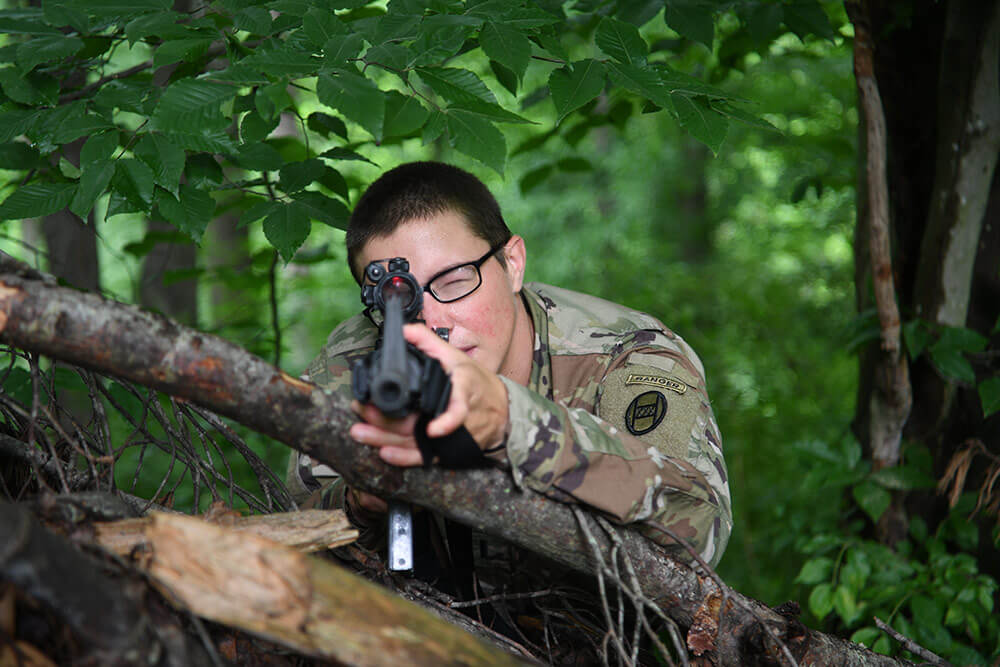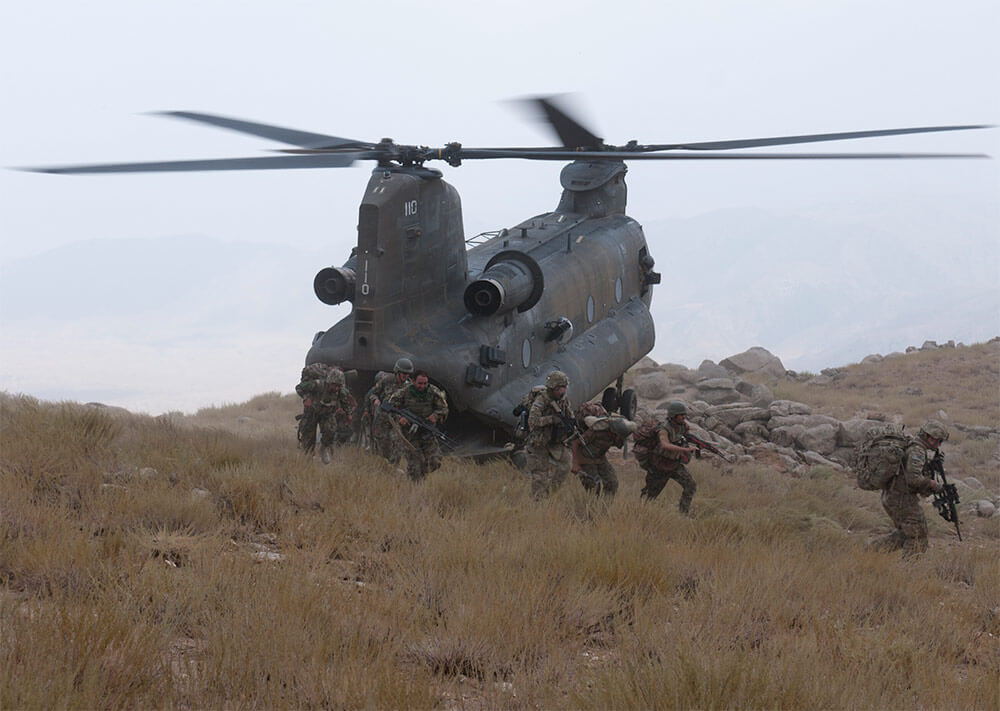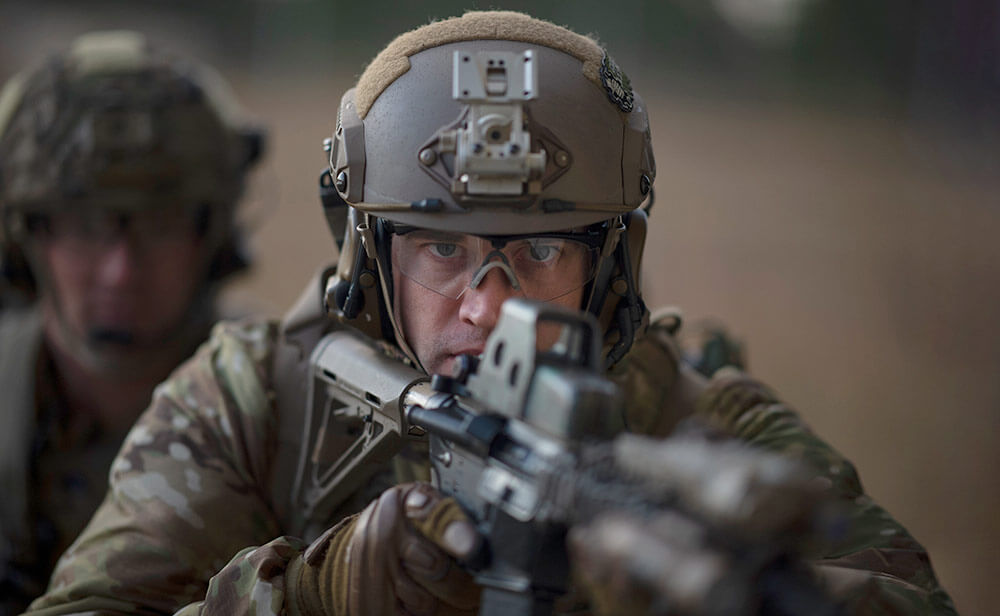Strength. Endurance. Mobility. These are three traits that are key to a Soldier’s physical effectiveness and, on a larger scale, their success in the U.S. Army.
Physical readiness is the ability to meet the physical demands of any combat or duty position, accomplish the mission, and continue to fight and win.
The Army’s Physical Readiness Training (PRT) system creates a daily opportunity to build the valuable soldiering skills of strength, power, speed and agility required to help Soldiers meet their mission. PRT is rooted in established principles of exercise science designed to build the Soldier Athlete and includes training activities that directly support warfighting tasks within the full spectrum of operations. As a result, the program is essential to individual, unit and force readiness.
Army PRT is guided by three principles of readiness training:
- Precision: ensures all PRT activities are executed using proper technique in order to reduce injury risk
- Progression: gradually increases the intensity and duration of PRT activities to allow the body to properly adapt to the stresses of training
- Integration: includes a variety of training activities (such as conditioning, climbing and movement drills) in the program to achieve a balanced development of strength, endurance and mobility
Army PRT incorporates three components of training:
- Strength: the ability to overcome resistance
- Endurance: the ability to sustain activity
- Mobility: the functional application of strength and endurance for movement proficiency
PRT is designed to:
- Minimize injuries commonly sustained in fitness training
- Prepare Soldiers for the Army Physical Fitness Test
- Train using activities that will increase skills related to warrior tasks and battle drills (such as jumping, crawling, lifting and negotiating obstacles)
- Use aerobic (cardio) and anaerobic (lifting and sprinting) exercises to optimize performance
- Include a four-phase training cycle to move Soldiers from recovery-from-deployment (or extended absence from unit PRT) to deployment and/or combat readiness
- Include a reconditioning program for Soldiers recovering from injury
For more information on the PRT system or to download training materials and/or apps, visit ArmyPRT.com/downloads. Watch PRT videos at YouTube.com/user/ArmyPhysicalFitness.
Deployed Soldiers have identified that the most important tasks related to physical readiness involve:
Deployed Soldiers have identified that the most important tasks related to physical readiness involve:
- Acquiring and engaging targets
- Conducting individual movement techniques in full combat gear
- Walking long distances under extreme conditions in full combat gear
- Sending and receiving communications during physical exertion
Functional Fitness
The Army’s physical training doctrine includes training for functional fitness. Functional fitness training uses drills, exercises or activities that are specific to movements, skills and physical demands needed for a given task. For example, performing single leg squats, lunges, crunches and medicine ball throws requires the physical skills needed to react to man-to-man contact. Functional fitness is composed of strength, endurance and movement skills (agility, coordination and balance), which will physically equip Soldiers for their missions and reduce the risk of injury.
Shoot. Move. Communicate.
Source: Army Public Health Center



